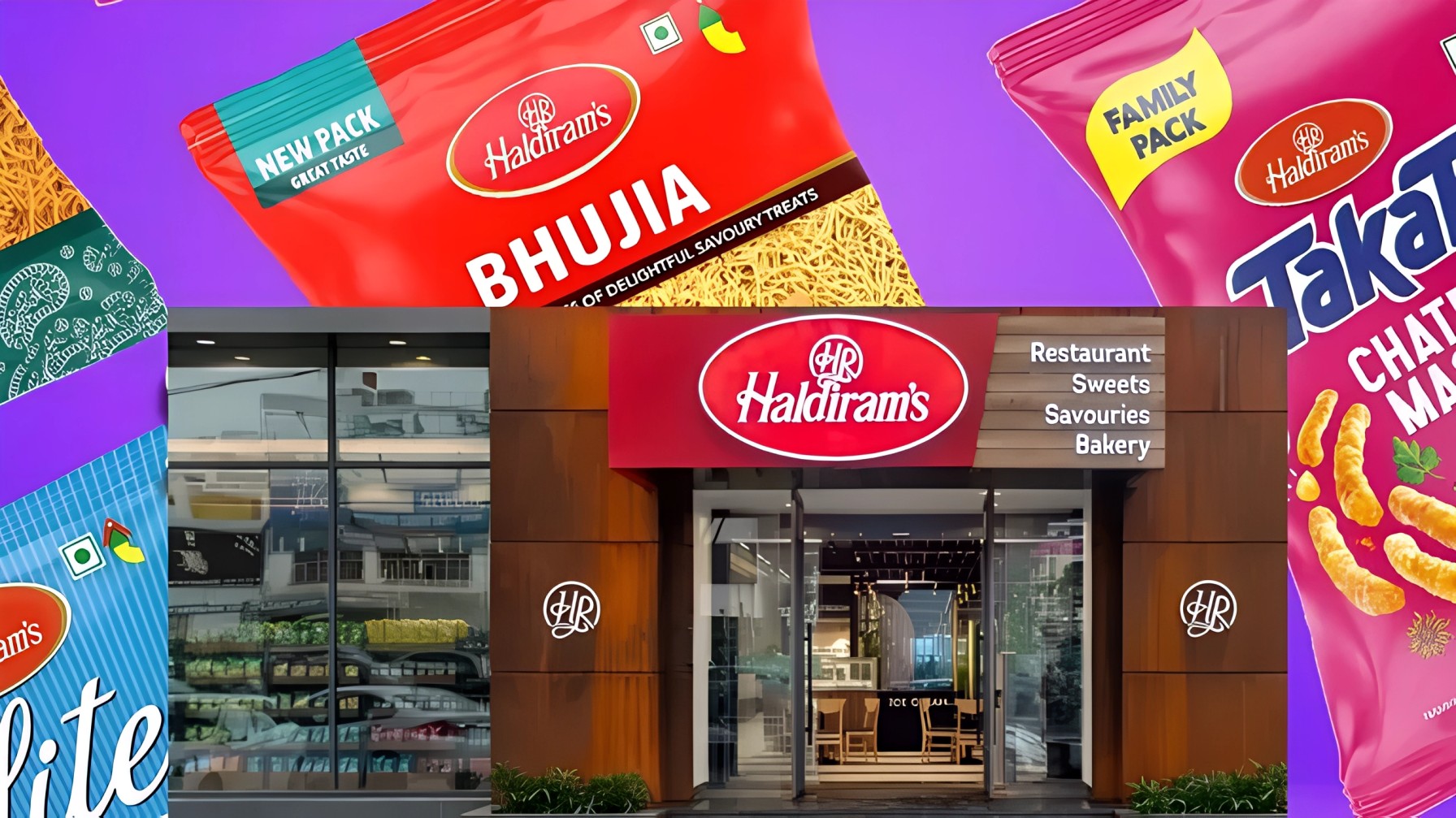For many Indians, the soundtrack of a long distance train journey is as familiar as the landscape outside the window. Calls for chai and vada pav, samosas and saapad drift through the coaches as hawkers weave between berths, carrying kettles, baskets and steel containers. The food is local, improvised and deeply woven into the rhythm of railway travel. That is why one recent encounter on a Mumbai to Ahmedabad train felt so striking and turned into an unforgettable Dominos train hawker story.
As passengers settled in for a light dinner, unpacking home cooked theplas and snacks, a new voice cut through the usual chorus. Instead of the expected call for tea or pav, a young vendor was walking down the aisle of a two tier air conditioned coach with an unmistakable blue thermal delivery bag. His pitch was simple and direct, offered in the same cadence as any other hawker.
He unzipped the bag slightly at every bay, letting people peek inside at the pizza boxes stacked neatly within. The menu was stripped down to the essentials Jain pizza, veggie, cheese and corn at a flat price point. The visual of a globally recognised quick service brand suddenly sharing space with regional snacks on a moving train felt both surreal and oddly inevitable.
ADVERTISEMENT
What makes this moment feel different from app based train delivery
Passengers are already familiar with the idea of ordering pizzas to train seats through apps, timed to specific station stops. What felt new here was the way the brand slipped into the informal economy of onboard hawkers. Instead of a delivery that appears at one coach and disappears, this seller moved through the train exactly like the chai or vada pav vendor, calling out the product name repeatedly.
That raised questions in the observer mind. Was this an organised distribution experiment by the brand in partnership with railway vendors, testing a new sales channel along busy routes. Or was it an example of individual enterprise, with a delivery partner turning quiet hours into an opportunity to sell leftovers or extra stock.
Either way, the sight illustrated how the line between organised retail and India unorganised food ecosystem is no longer as sharp as it once seemed.
How are quick service brands already stepping into public spaces
This Dominos train hawker story is not the first sign of branded pizzas stepping outside stores and delivery bikes. Cricket stadiums across the country now feature roaming sellers carrying boxed pizzas through the stands during matches. The brand clearly wants to be present wherever people gather to cheer, travel or idle away time.
ADVERTISEMENT
In each case, the product is packaged and branded, offering a sense of safety and predictability that can feel reassuring compared with some unlabelled railway fare. Yet in the train incident, the informality of the transaction gave pause to at least one passenger, who chose to stick with familiar home packed food despite the comfort of the logo.
What does this say about the future of informal food networks
The episode captures a broader shift in how global and local food systems intersect in India. Organised players rely on dark kitchens, delivery apps and stadium counters, but they are also tapping into existing flows of people and habits, including trains. Informal vendors, in turn, may see value in hitching their livelihoods to large brands that already enjoy trust and recognition.
At the same time, passengers must navigate new questions about authenticity, freshness and accountability when the brand shows up in unexpected settings. Trust becomes a layered decision involving not just the logo but also the context in which it appears.
On one level, the Dominos train hawker story is simply a moment from a single Mumbai to Ahmedabad journey, but it also symbolises how global quick service brands and India vast informal food ecosystem are starting to overlap in surprising ways along the country railway tracks.
ADVERTISEMENT
Follow Marketing Moves on Instagram and Facebook for industry insights, strategy breakdowns, and brand transformation stories.
















